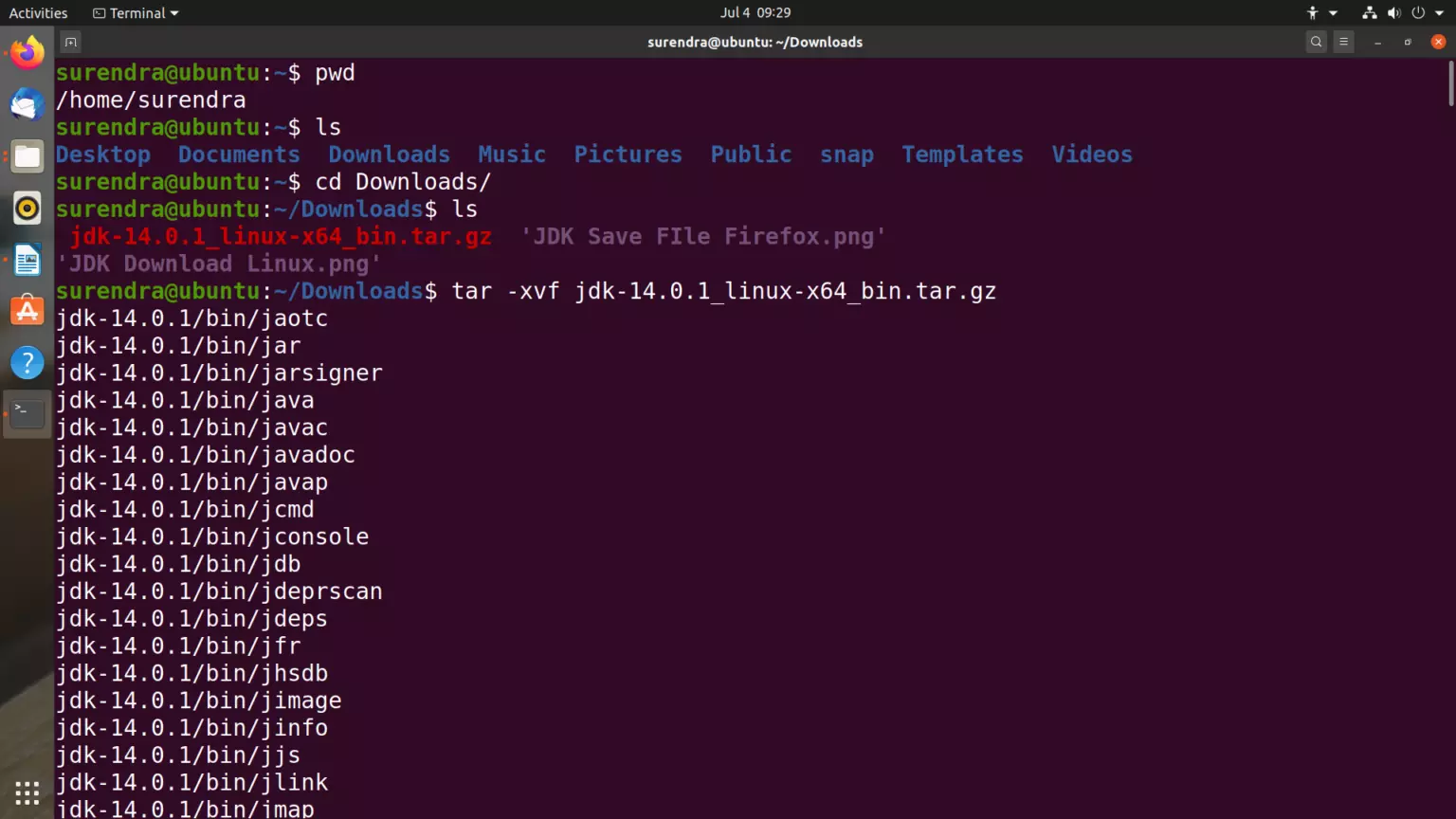
For compression, you can have tar call Gzip or bzip:
#Untar .gz file archive
Compressing archivesĬreating a tar archive does not compress your files, it just makes them easier to move around as one blob. Tarbombs are useful for patches and software installers it's just a matter of knowing when to use them and when to avoid them. These kinds of archives are sometimes called a tarbomb, although not always with a negative connotation. You don't have to put files into a directory before archiving them, but it's considered poor etiquette not to, because nobody wants 50 files scattered out onto their desktop when they unarchive a directory. The tar utility is unique among commands, because it doesn't require dashes in front of its short options, allowing power users to abbreviate complex commands like this: $ tar cvf archive.tar myfiles To gather a group of files into one archive, place your files in a directory and then invoke tar, providing a name for the archive that you want to create and the directory you want to archive: $ tar -create -verbose -file archive.tar myfiles In a shell, it's basically the same process. Right-click on the directory and select "Compress".I'm using KDE, but the process is essentially the same on Gnome or XFCE: In a GUI, creating a tarball is, at the most, a three-step process.

Creating a tarballĪ tar archive is often referred to as a tarball, presumably because we hackers love to shorten words to as few syllables as possible, and "tarball" is shorter and easier than "tar archive."

If you really want an actual tar utility on Windows, GNU tar is installable through WSL on Windows 10 or through Cygwin. Its name implies it's a zip utility, but it also works with tar archives, and even provides commands for the cmd command-line interface.
#Untar .gz file install
tar files is to install the LGPL open source 7-Zip utility. On Linux, BSD, Illumos, and even Mac OS, the tar command is already installed for you. The tar format only creates a container for files, but the files can be compressed with separate utilities. zip file, but a tar archive is notably not compressed. People new to the tar format usually equate it to a. Its purpose is simple: It takes one or more files and "wraps" them into a self-contained file, called a tape archive because when tar was invented it was used to place data on storage tapes. tar file at some point. The open source tar archive utility has been around since 1979, so it is truly ubiquitous in the POSIX world. If you use open source software, chances are you'll encounter a. The *.tar.bz2 can be untarred like below. The bz2 is another popular compression format where tar can be compressed with it. In the following example, we extract the tar.gz file.

The tar files can be compressed with the gzip as gz format.
#Untar .gz file how to
In the tutorial, we examine how to untar files with different compressions algorithms like gz, bz2 etc. The most important function of the tar format is the ability to store multiple files and directories as a single file where it can be easily compressed. The tar format is used with different compression algorithms like gz, bz2, etc. The *.tar is a popular archive format used to compress files in Linux and Unix operating systems.


 0 kommentar(er)
0 kommentar(er)
